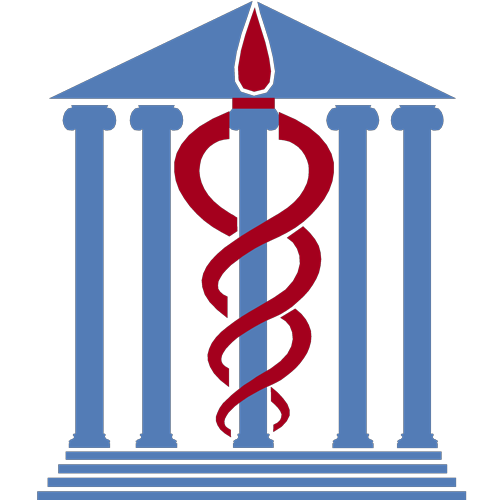Full Knowledge Base
Welcome to the DelValle Institute for Emergency Preparedness Knowledge Base
This knowledge base serves as a repository for emergency preparedness resources focused on Emergency Support Function 8 (ESF-8, Public Health and Medical Services) and related public safety topics. The content in this knowledge base is based on local and national best practices. Documents developed by the DelValle Institute are distinguished by a download icon ![]() .
.
How to build a program
The goals of healthcare facility decontamination are to protect the staff and the facility first, and victims second. This does not mean that contaminated victims are neglected or left to fend for themselves. By concentrating on protecting the staff and the facility first, continuity of operations are ensured and patient care may continue. If staff members should become contaminated, not only do they add to the victim count, but they deplete personnel resources as well. A single contaminated victim who reaches a patient care area may force its closure and deprive other patients of staff and vital equipment.
Steps to building a program are: Prepare, Assess, Build, Maintain.
1. Prepare
Prepare to take steps to prevent hazards from entering the facility:
- Surveillance cameras may be used to spot threats.
- Monitor local news and EMS broadcasts.
- Establish dedicated areas outside the facility where suspected contaminated victims may stage until decon is set up.
- Procure personal protective equipment and decontamination gear based on potential threat(s).
- Establish contracts with certified hazardous waste clean-up companies.
- Train staff to recognize the signs of contamination as well as other hazards.
- Train staff on how to perform decontamination techniques.
2. Assess
Assess potential hazardous threats that may be in the nearby community. This is called a Hazard Vulnerability Assessment or HVA. Are there chemical plants, wastewater treatment sights, sports venues, or perhaps a military installation nearby? Is the area prone to severe weather such as blizzards or tornadoes? To learn more about performing an HVA, click here.
3. Build
Build the plan with these three ideas:
- Where are you now?
- Where do you want to be?
- What will it take to get there?
Most plans are dependent on resources and staff. Therefore, don’t make unrealistic plans that cannot be achieved or implemented. Complicated expensive programs are not necessarily the best ones. However, what can be accomplished with simple tools and simple training is surprising.
4. Maintain
Maintain the plan by regularly exercising components of the plan with staff and equipment. Functional exercises where staff and equipment are fully deployed are useful and excellent tools for evaluating the plan and its components. Full-functional exercises however, tend to be time consuming and expensive. Drills, whereby identified tasks are routinely evaluated on a progressive basis, may be performed with minimal interruption to day-to-day operations. A few examples of these include a fifteen minute drill whereby staff assemble personal protective equipment or complete Triage Tags. Regardless of the methods, following a drill or exercise, get input from staff and make the necessary changes and updates to the plan. Make sure all updated information is communicated to staff. If an actual activation occurs, make sure to interview staff following the event.
« Previous | Topic Home | Next »

